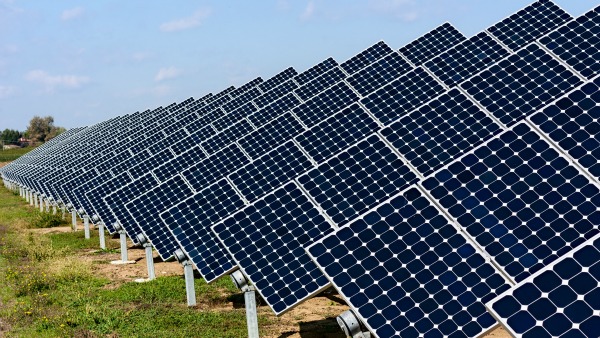Converting the world’s entire energy infrastructure to run on clean, renewable energy could effectively fight ongoing climate change, eliminate air pollution deaths, create jobs, and stabilize energy prices.
The challenge is a daunting one. But scientists say it’s possible.
Researchers are the first to outline the 50 individual state plans that call for aggressive changes to both infrastructure and the ways we currently consume energy, but indicate that the conversion is technically and economically possible through wide-scale implementation of existing technologies.
“The main barriers are social, political, and getting industries to change,” says Mark Z. Jacobson, professor of civil and environmental engineering at Stanford University. “One way to overcome the barriers is to inform people about what is possible. By showing that it’s technologically and economically possible, this study could reduce the barriers to a large scale transformation.”
ENERGY DEMANDS
Researchers started by taking a close look at the current energy demands of each state, and how those demands would change under business-as-usual conditions by the year 2050. To create a full picture of energy use in each state, they examined energy usage in four sectors: residential, commercial, industrial, and transportation.

